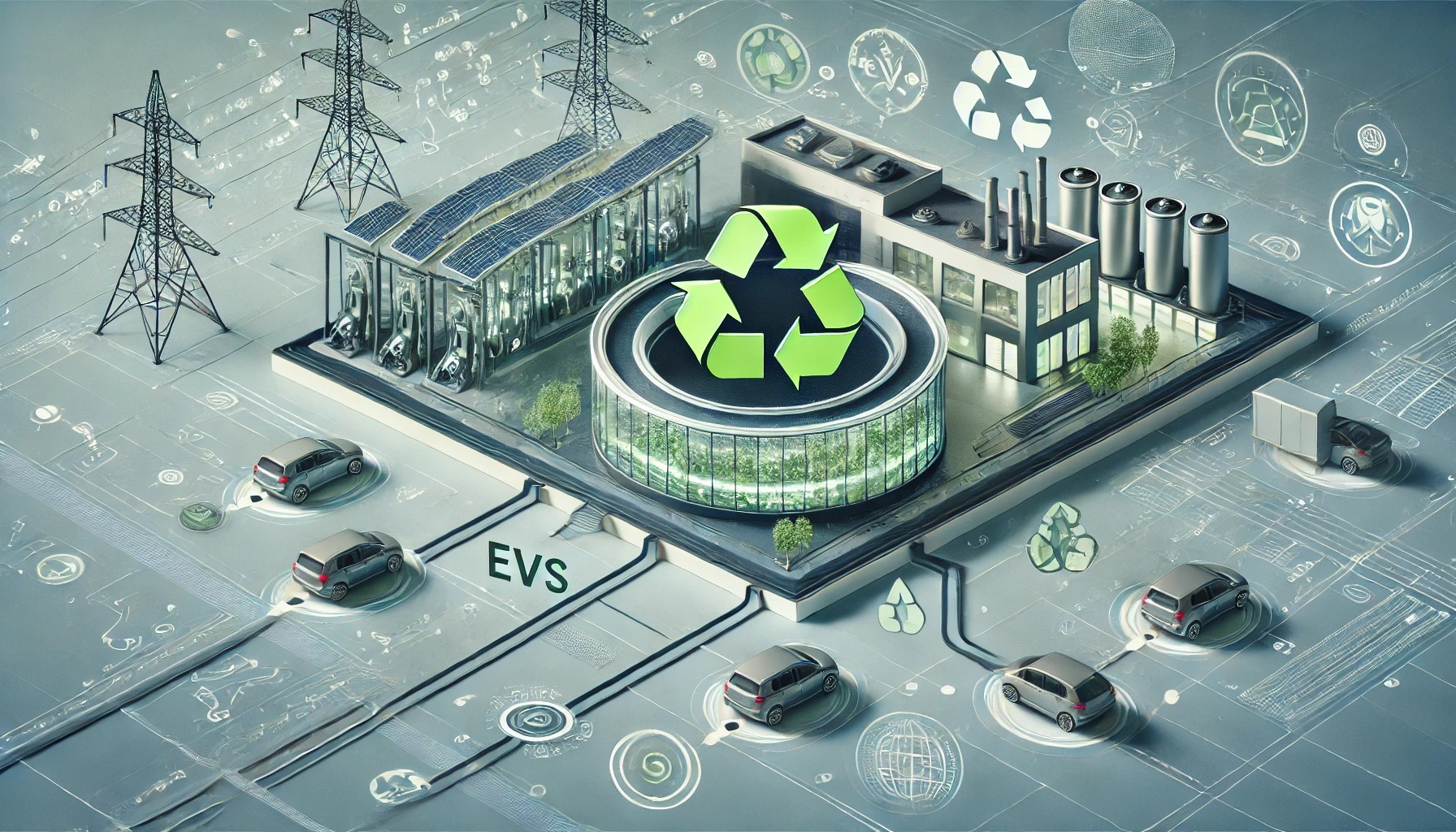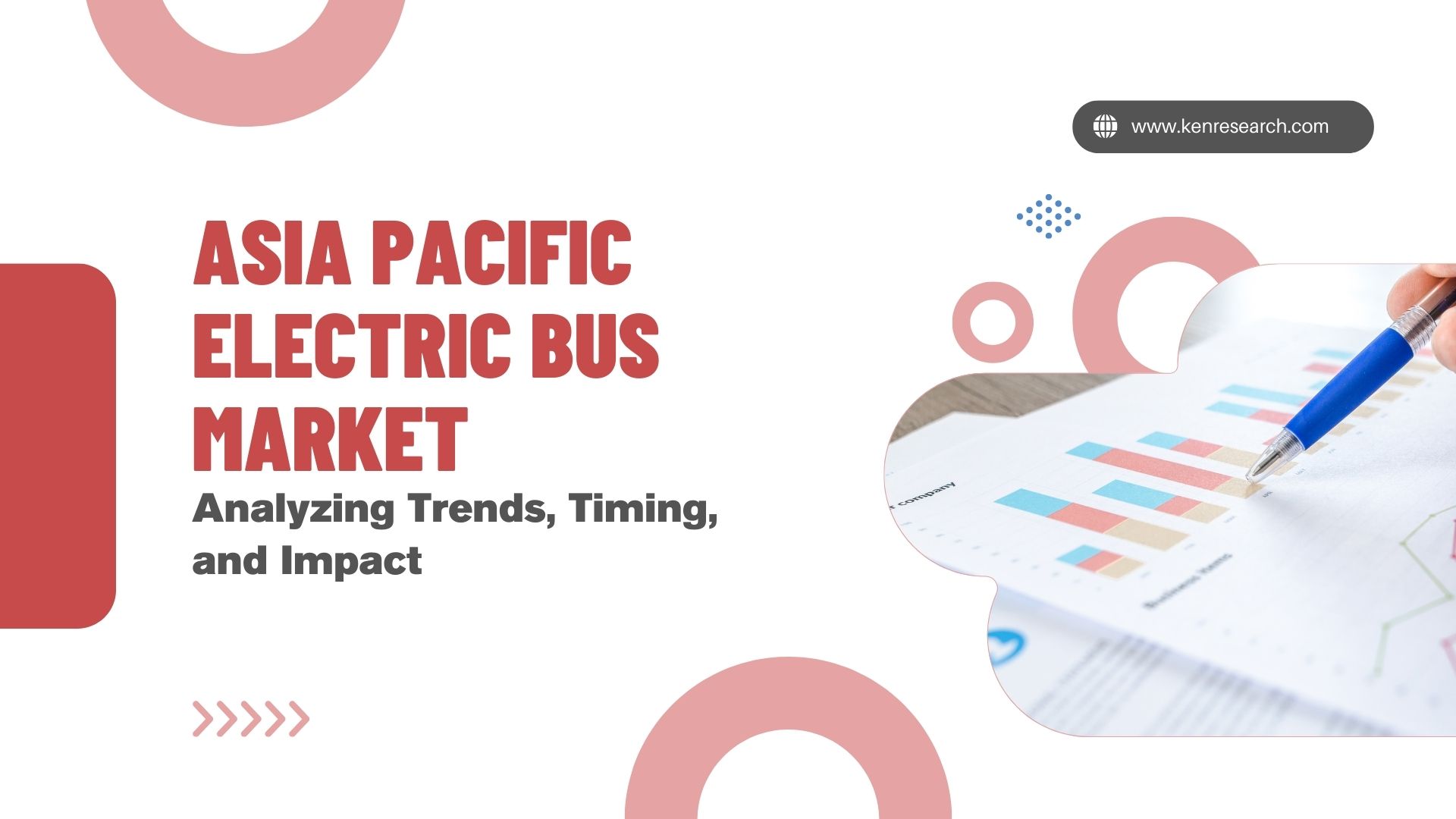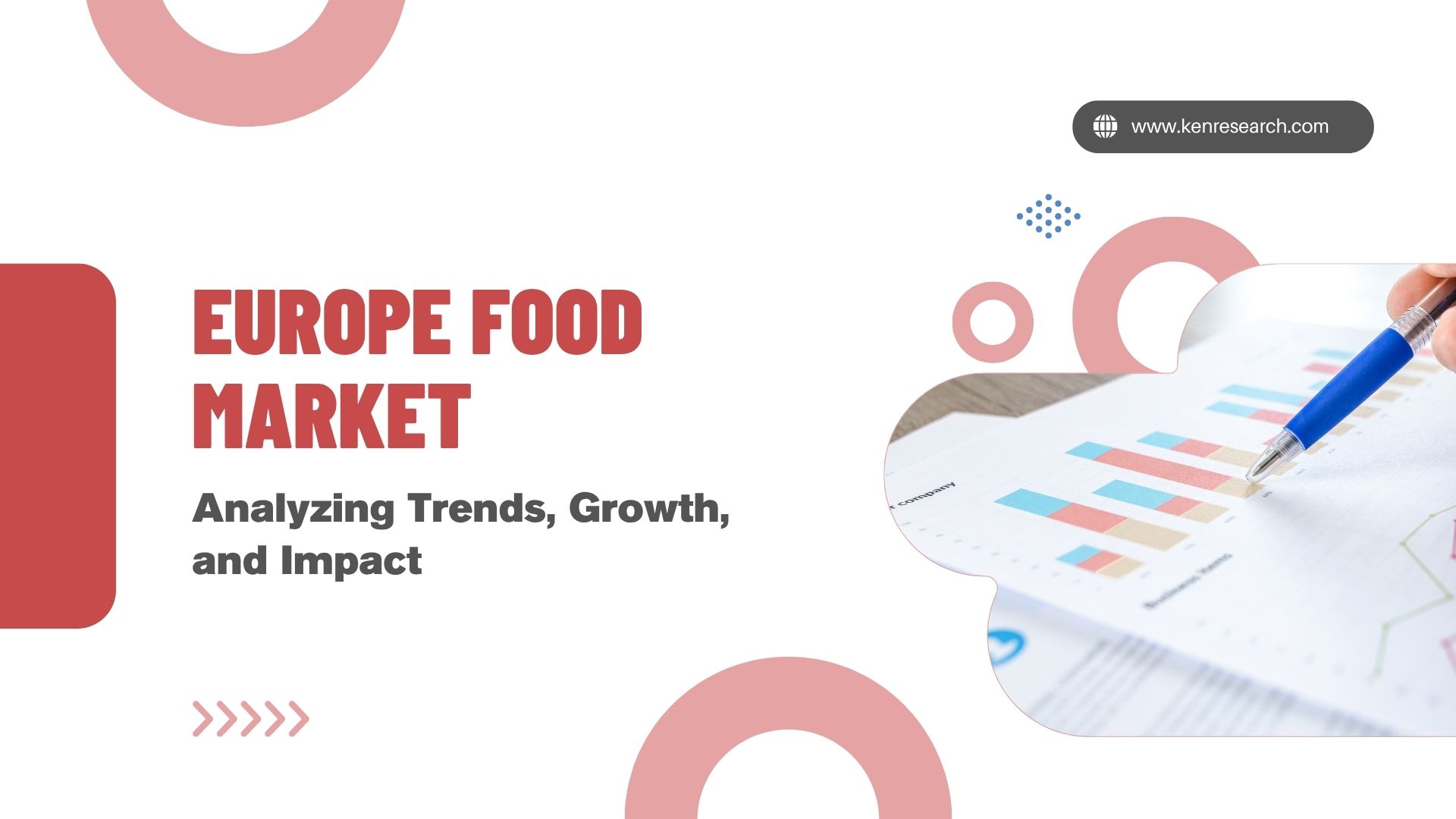The India Lithium-Ion Battery Recycling Market SWOT Analysis

Strong 8k brings an ultra-HD IPTV experience to your living room and your pocket.
The India Lithium-Ion Battery Recycling Market has emerged as a crucial industry for promoting sustainability and resource efficiency. With the increasing adoption of electric vehicles (EVs), renewable energy solutions, and consumer electronics, lithium-ion batteries have become indispensable. However, the growing volume of end-of-life batteries presents challenges and opportunities for recycling solutions. This blog provides an in-depth market overview, a detailed SWOT analysis, and concludes with actionable insights for the future.
Market Size and Growth
The Indian lithium-ion battery recycling market is witnessing rapid growth, driven by environmental concerns, government policies, and the rising demand for valuable raw materials.
- Market Value (2023): Estimated at USD 1 billion.
- Projected Growth: Expected to grow at a CAGR of 14%, reaching approximately USD 3 billion by 2030.
SWOT Analysis of the India Lithium-Ion Battery Recycling Market
Strengths
- Growing Demand for Lithium-Ion Batteries: The rising adoption of EVs and renewable energy solutions ensures a steady supply of end-of-life batteries.
- Valuable Material Recovery: Recycling can recover up to 95% of metals, including lithium, cobalt, and nickel, making it economically viable.
- Strong Government Support: Policies like the National Electric Mobility Mission Plan (NEMMP) and battery waste management guidelines provide a favorable regulatory environment.
- Established Market Leaders: Companies like Attero Recycling, Gravita India, and TES-AMM have set benchmarks with advanced recycling technologies.
- Technological Advancements: Adoption of hydrometallurgical and direct recycling methods ensures high recovery rates with minimal environmental impact.
Weaknesses
- High Initial Investment: Setting up recycling facilities requires significant capital and advanced technological expertise.
- Fragmented Collection Infrastructure: The lack of a formal collection network for end-of-life batteries hampers efficient recycling.
- Complex Battery Composition: The heterogeneous nature of lithium-ion batteries makes recycling processes more complicated and resource-intensive.
- Limited Consumer Awareness: Low awareness among consumers about recycling options and benefits affects the collection rate.
- Dependence on Imports: Recycling technologies and equipment are often imported, increasing operational costs.
Opportunities
- Growing EV Adoption: India’s EV market is projected to grow at a CAGR of 49%, ensuring a steady supply of recyclable batteries.
- Technological Innovations: Advancements in AI, blockchain, and automation can streamline recycling processes and improve efficiency.
- Government Incentives: Financial support for setting up recycling plants and tax benefits can attract more players into the market.
- Export Potential: Recycled materials like lithium and cobalt can be exported to meet global demand.
- Second-Life Applications: Batteries repurposed for energy storage systems before recycling create additional revenue streams.
Threats
- Intense Competition: The entry of international players and startups increases competition, pressuring margins for existing companies.
- Regulatory Risks: Stringent and changing environmental regulations may increase compliance costs for recyclers.
- Raw Material Price Volatility: Fluctuations in global prices for lithium, cobalt, and nickel can impact the profitability of recycling operations.
- Consumer Preference Shifts: Innovations in battery technology, such as solid-state batteries, could reduce the dominance of lithium-ion batteries.
- Environmental Risks: Improper recycling practices or facility accidents could lead to environmental contamination and reputational damage.
Conclusion
The India Lithium-Ion Battery Recycling Market is on a growth trajectory, driven by the twin imperatives of sustainability and resource efficiency. Valued at USD 1 billion in 2023, the market is projected to grow at a robust CAGR of 14%, reaching USD 3 billion by 2030.
Key Takeaways from the SWOT Analysis:
- Strengths: Established players, government support, and technological advancements provide a strong foundation for growth.
- Weaknesses: Challenges like high capital costs, fragmented infrastructure, and complex battery compositions must be addressed.
- Opportunities: Growing EV adoption, technological innovations, and government incentives offer immense potential.
- Threats: Intense competition, regulatory risks, and raw material volatility highlight the need for strategic planning.
To capitalize on opportunities and mitigate risks, stakeholders must focus on innovation, infrastructure development, and collaborative efforts. The lithium-ion battery recycling market holds the key to a sustainable future, supporting India’s transition to a greener, more resource-efficient economy.
Note: IndiBlogHub features both user-submitted and editorial content. We do not verify third-party contributions. Read our Disclaimer and Privacy Policyfor details.







